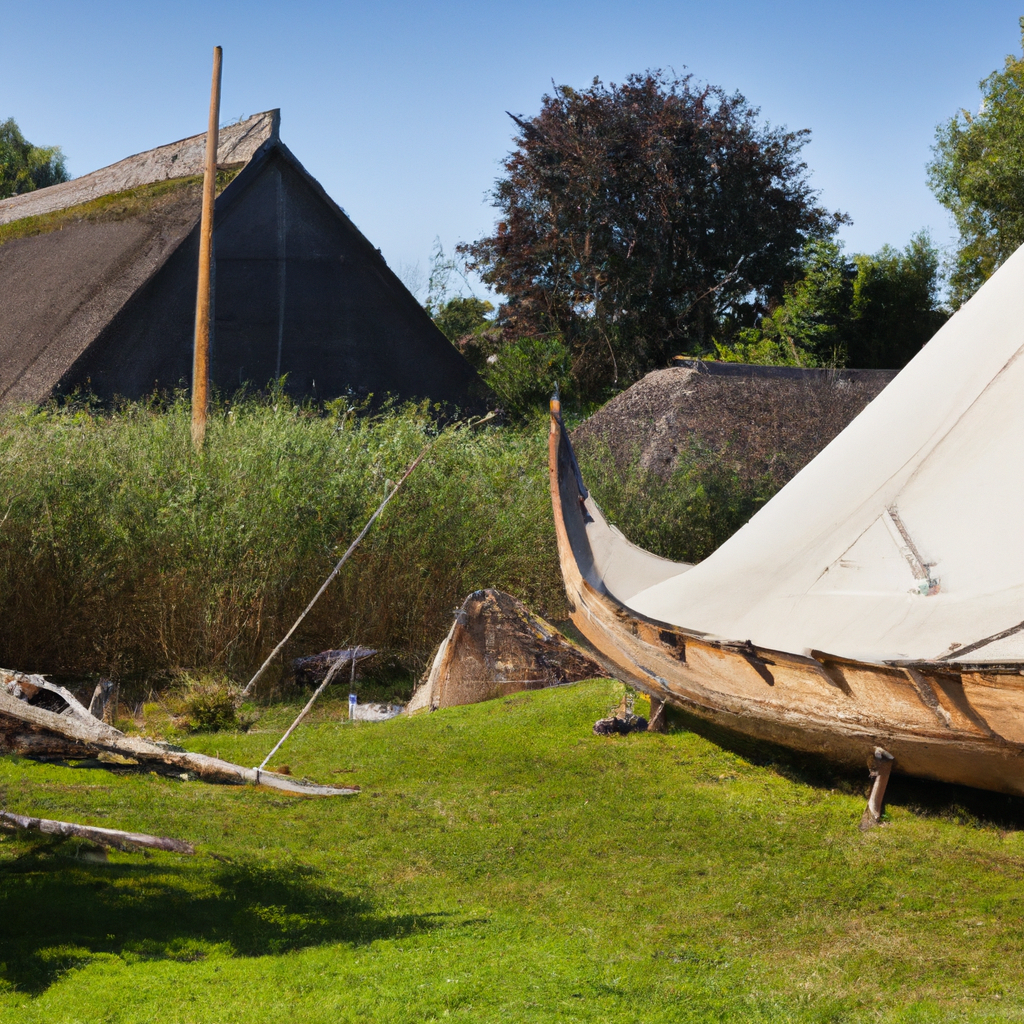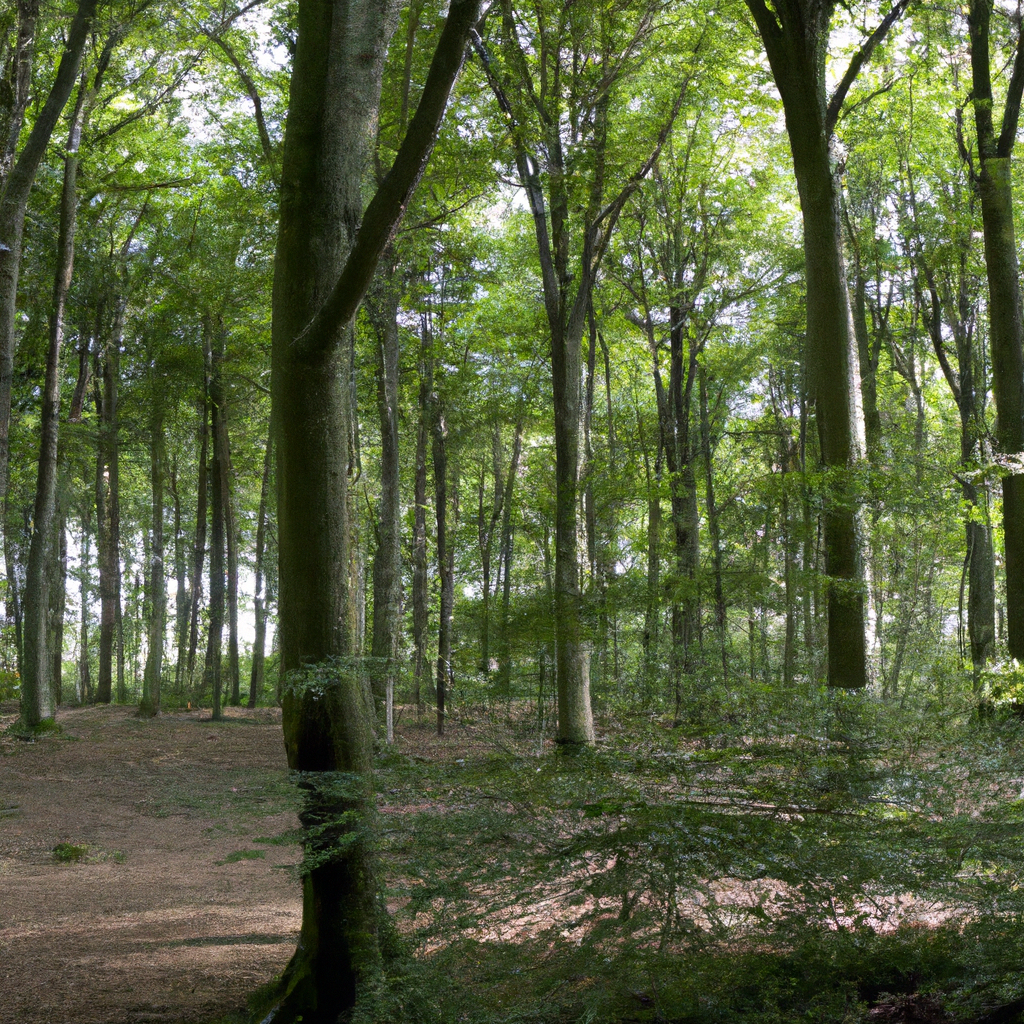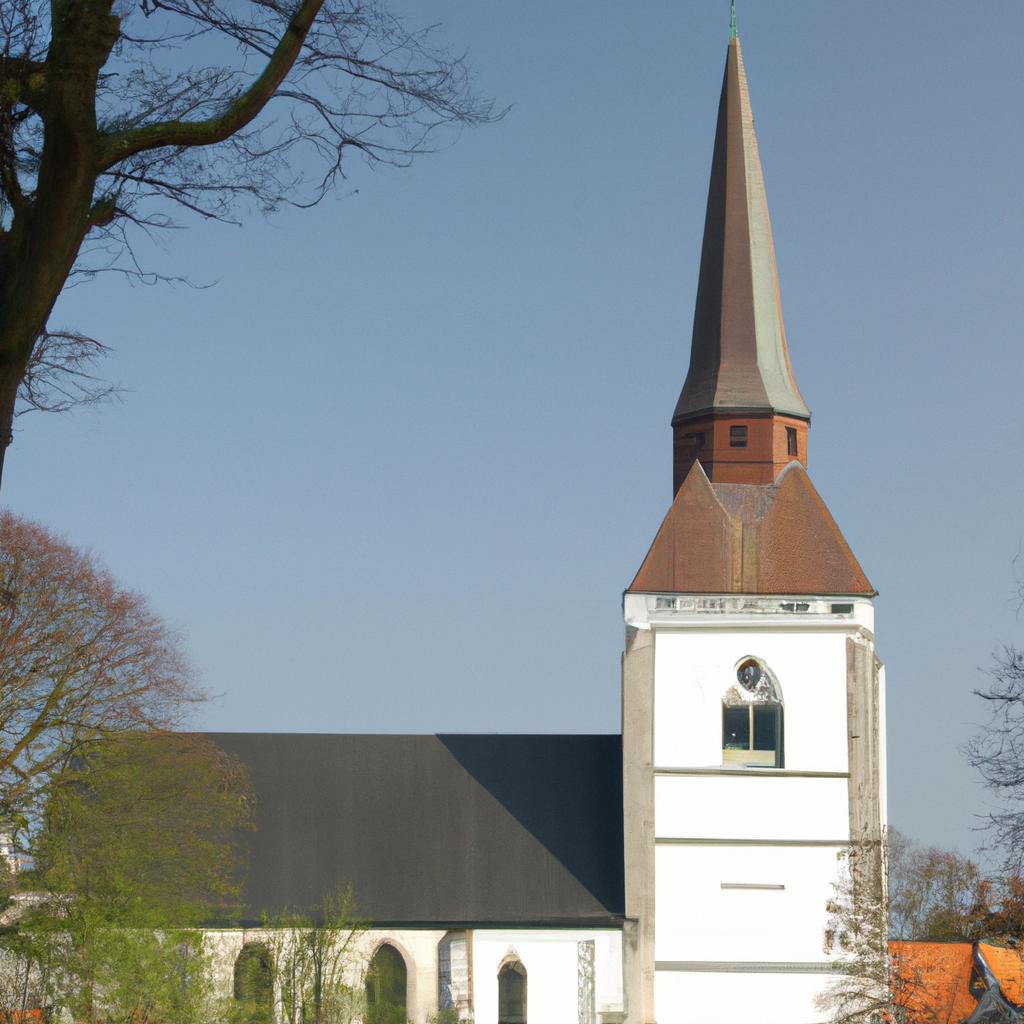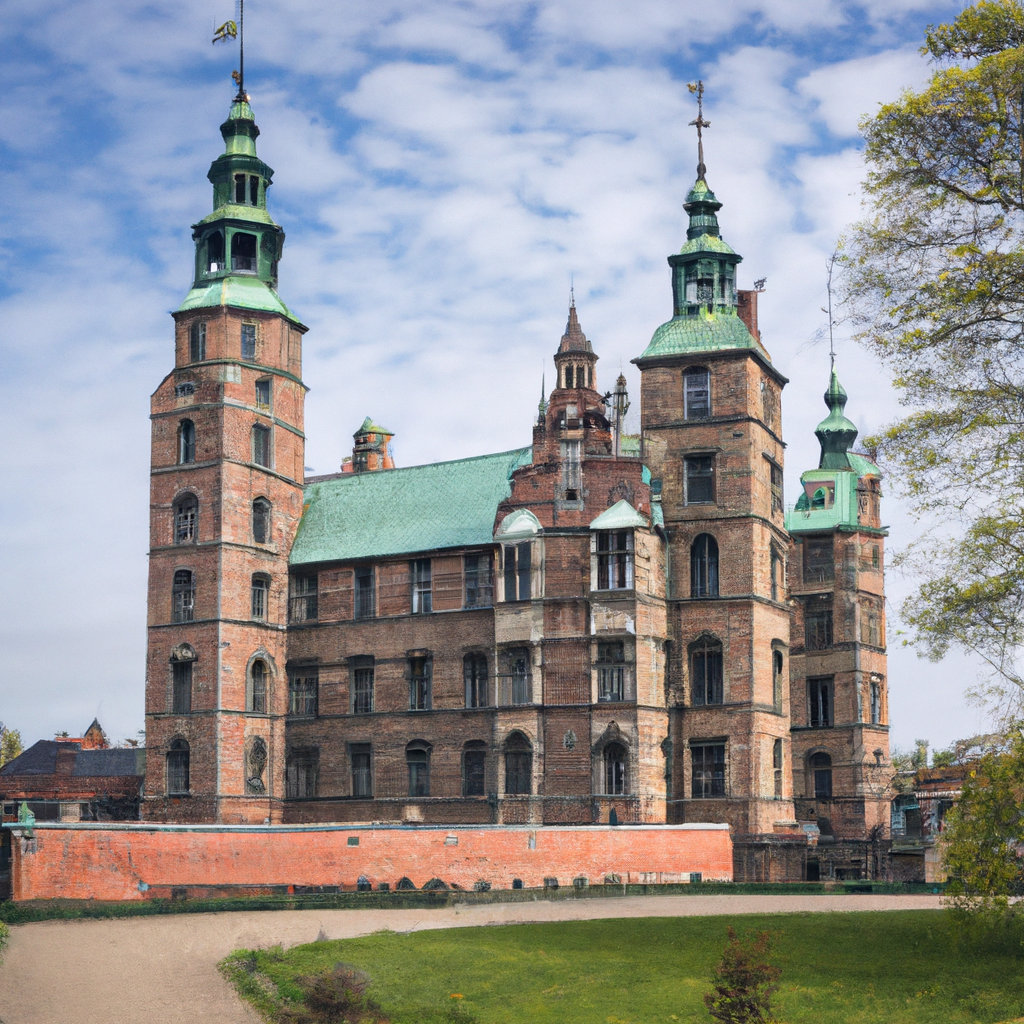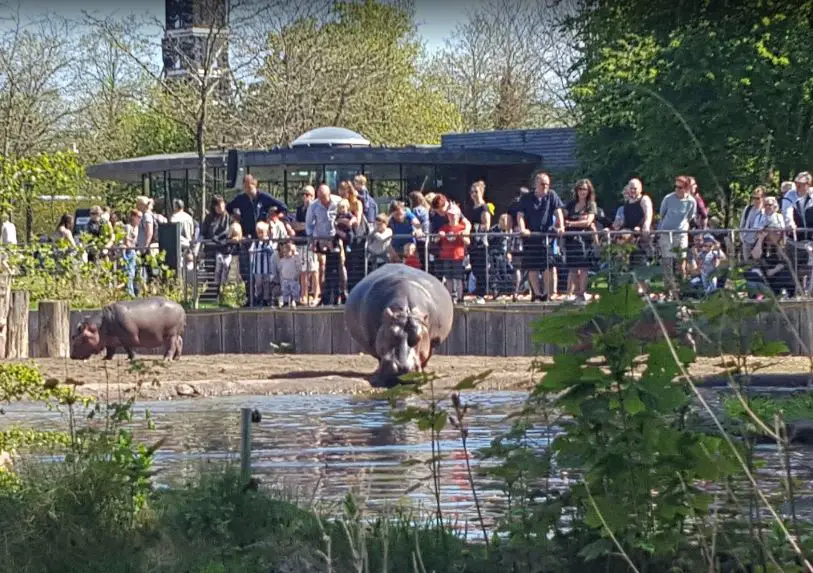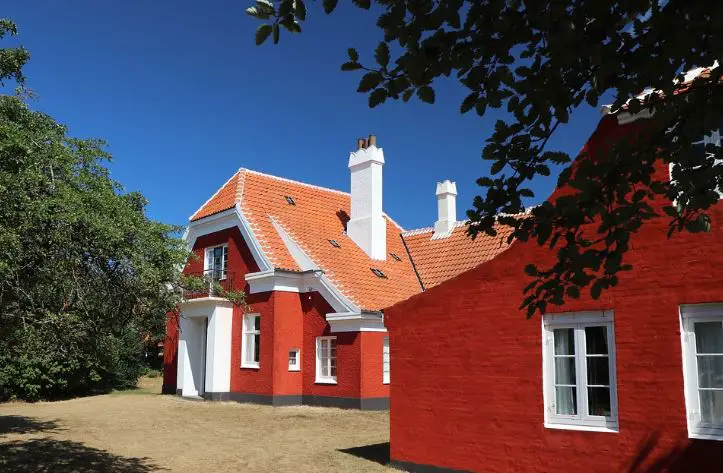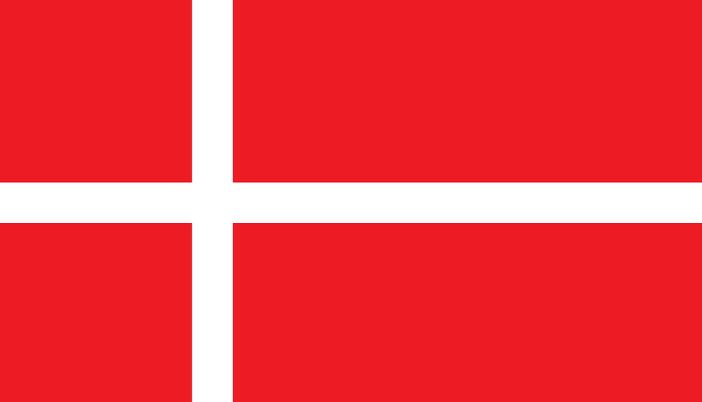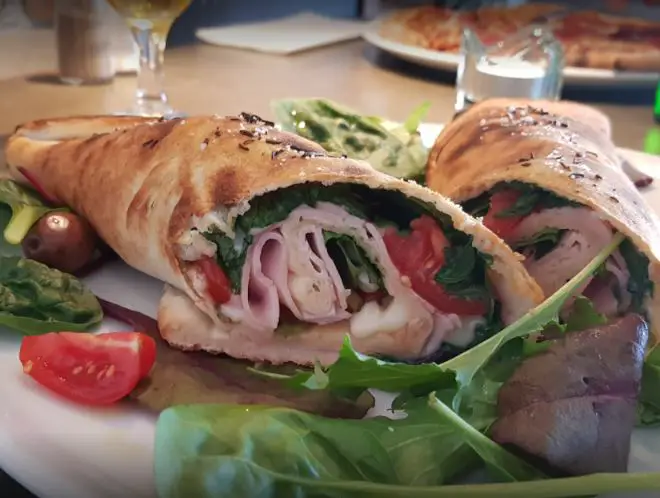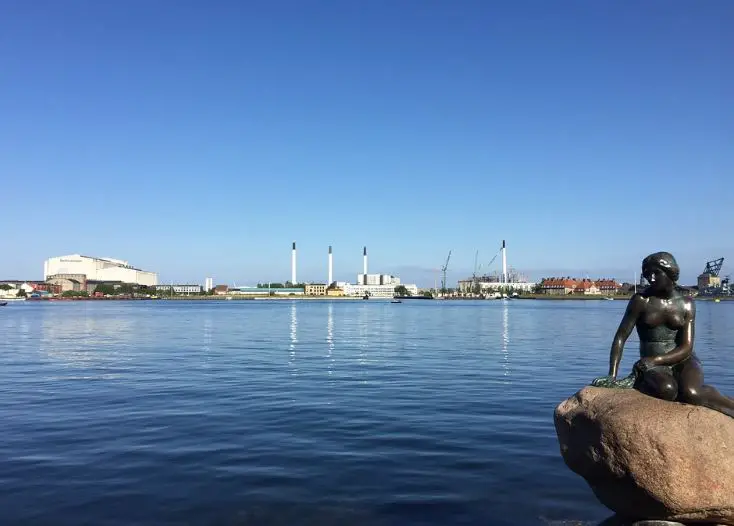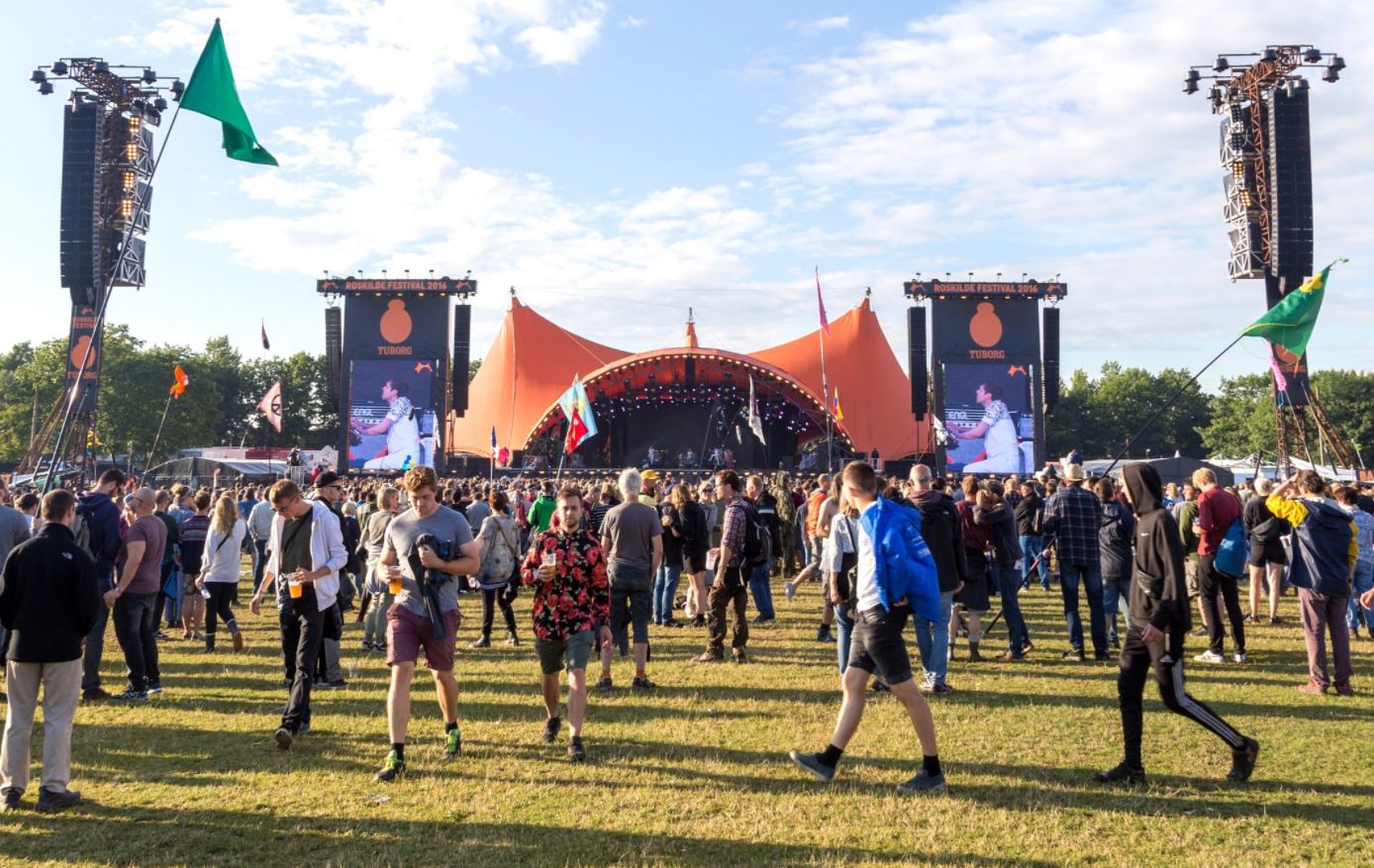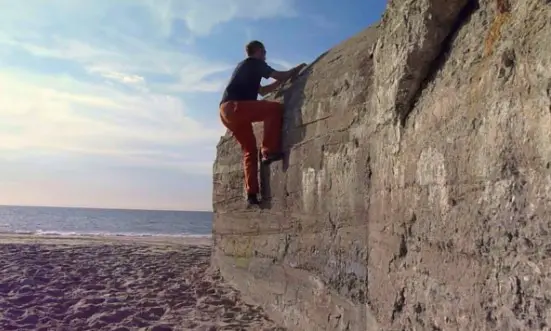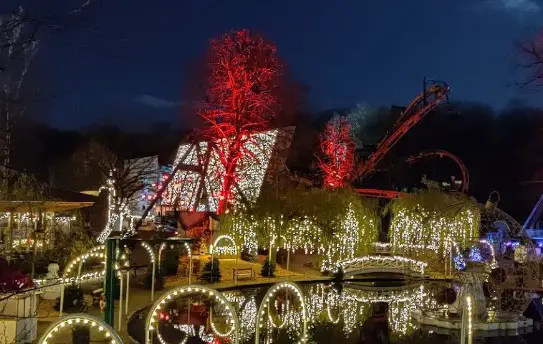Frilandsmuseet (Open Air Museum), Lyngby In Denmark: Overview,Prominent Features,History,Interesting facts
Overview:
is the Danish open air museum located in Lyngby, Denmark, close to the northern suburbs of Copenhagen. Frilandsmuseet occupies an area of 137 hectares of parkland and consists of over 50 old Danish farmsteads and other buildings from the last five centuries. It is one of Denmark’s most visited attractions and a must-see stop for both foreign and local tourists. Visitors can see how people in the past used to live, see the traditional modes of farming and discover the everyday lifestyle of Danes. The focal point of the museum is the old manor house, as well as old mills, churches, living rooms, kitchens, and pottery shops. A variety of activities such as open-air theatre, concerts, workshops and exhibitions are held all year round, as well as traditional village fests and crafts markets. You can learn history, culture, and heritage through these magnificent monuments in Denmark
Prominent Features:
1. Outdoor houses and buildings from 16th and 17th centuries: The open-air museum houses preserved buildings dating back to the 16th and 17th centuries, when the open-air museum was founded. These buildings provide visitors with a fascinating look into traditional Danish life, including the Fjordgård Farmhouse, a wonderful example of a noble farmhouse from 1876. 2. Interactive activities and demonstrations: Frilandsmuseet offers visitors a variety of engaging activities, demonstrations and events throughout the year. There are interactive experiences such as painting with natural pigments, pottery making, candle-making, and more. 3. Period-perfect dress: Authentic period-appropriate costumes, modeled by actors, are all part of the experience. Visitors can see daily life from the past thriving in the open-air museum, in particular, how women from the 17th century wore traditional garments. 4. Local cuisine: Eating traditions from the open-air museum will make you feel like you’ve stepped back in time. Spend some time with the chefs preparing traditional dishes and then get to enjoy them with all the family, friends, and of course, the locals! 5. Recreate everyday life from the 16th and 17th centuries: Take part in reenactments of historical activities, such as live demonstrations of beekeeping, butter making, hay baling, and spinning, to name just a few. This national monument of Denmark portrays the history and culture of the country.
History:
The Frilandsmuseet (Open Air Museum) in Lyngby, Denmark, is a living history museum and open-air experience that offers visitors a unique glimpse into the past. The museum is spread across two islands of the Sortedam Lake and is made up of some 91 historic buildings and garden structures from regions across Denmark. It was founded by teacher and botanist Johannes V. Jensen in 1896 as an open-air education center for his students to learn about the history and culture of the country. Jensen aimed to create an environment that transported visitors back in time and gave them a realistic feeling of what life was like during a particular Denmark era. In its early years, Frilandsmuseet was solely an educational institution, welcoming school groups and research teams from across the world. However, from 1922 onwards, the museum began to open its doors to the general public and since then, it has grown into one of the most popular tourist attractions in the country. The museum is home to around 4,000 artifacts and objects, ranging from everyday tools and furniture to more peculiar items such as a display of 16th-century chess pieces. Many of the buildings are authentically furnished, depicting rural living from the previous centuries and retelling the history of how the Danish people lived during that time. Animals also roam freely within the museum, helping to recreate a realistic atmosphere. To this day, Frilandsmuseet remains a unique place of exploration, inspiring visitors with its authentic grounds and providing an interactive look into the past. You must visit one of these historical places in Denmark on your Denmark tour
Interesting facts:
1. Frilandsmuseet is Denmark's oldest open-air museum, with its buildings and objects representing the different social and natural backgrounds of Denmark from the early 17th century up to the contemporary period. 2. Today the museum is made up of around 40 acres of beautiful parkland and contains more than 50 historical buildings. 3. The museum recreates the past like a living history book with artifacts and buildings from different eras. 4. Frilandsmuseet also offers activities such as hands-on crafts and activities for children, as well as events and festivals including performances with living history characters. 5. The museum is open all year round, so visitors can explore at any time. 6. Some of the historic buildings at the museum include a thatched farmhouse from Jammerbugten, a Romanesque church from Bornholm, an apiary cottage from Lolland and a windmill from Fyn. 7. Frilandsmuseet hosts a biennial event, 'Heritage and Fair,' which focuses on contemporary Danish innovations, crafts and culture. 8. It has also hosted events for royals, such as the wedding of Prince Joachim and Countess Alexandra in 1995. 9. Visitors can explore the museum at their own pace by taking self-guided tours or guided tours led by costumed interpreters. 10. Within Frilandsmuseet is a museum café, which serves traditional Danish dishes and snacks. Visit one of the famous monuments of Denmark with your friends and family.
Explore Denmark most popular tourist destination with us. Frilandsmuseet (Open Air Museum), Lyngby In Denmark: Overview,Prominent Features,History,Interesting facts,which is 35.14 km away from Denmark main town, is the most popular destination to add in your travel wishlist.
-
City:
Denmark
-
state:
Copenhagen
-
country:
Denmark
-
country code:
DK
-
postcode:
2800
Location:
Copenhagen Denmark
, Lyngby In Denmark.png)


